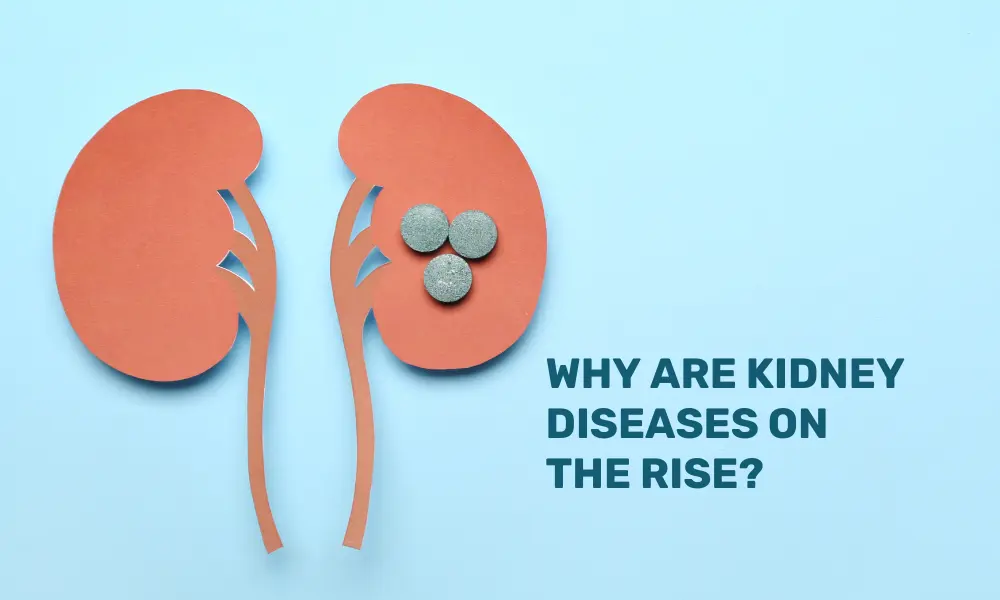According to a recent literature review Girls with Type – 1 diabetes may experience worse outcomes than boys in controlling their blood sugar levels and other crucial areas of their health.
Researchers from the Netherlands examined 90 published studies and discovered some recurrent patterns in the differences between boys and girls with type 1 diabetes. Girls typically reported lower quality of life, higher blood sugar levels, and a higher likelihood of being overweight. The causes are unclear, according to experts. But the research highlights the possibility that girls with type 1 diabetes may face unique difficulties that call for attention.
Type 2 diabetes is different from Type 1 diabetes, typically diagnosed in adults and is frequently linked to obesity. More than 1 million children and teenagers worldwide are affected by type 1, which typically manifests in childhood. It is brought on by an immune system attack that targets the pancreatic cells that make insulin, a hormone that transports sugars from food into body cells, which are used as fuel.
Without insulin, blood sugar levels rise, and the body’s cells go without food. So, to survive, people with type 1 diabetes must take synthetic insulin. This can be accomplished by wearing a “pump” that continuously releases insulin through a tiny tube just under the skin or by taking multiple daily injections.
It’s a heavy burden for kids, and experts suggested there may be a variety of causes, from biological to psychological to social, for why girls frequently perform worse than boys in some areas.
One difference is that type 1 diabetes tends to strike girls earlier than it does boys, according to Sanjoy Dutta, vice president of research at the charitable JDRF (Juvenile Diabetes Research Foundation). More complications may result from having diabetes for a longer time.
Next comes puberty. Both boys and girls must begin taking more insulin due to the hormonal changes children undergo.
However, according to Dutta, girls typically have a harder time controlling their blood sugar than boys. According to Dr. Kimber Simmons, a pediatric endocrinologist with the Barbara Davis Center for Diabetes at the University of Colorado Anschutz Medical Campus, girls’ insulin requirements change throughout the monthly menstrual cycle.
Beyond biological factors, children with type 1 diabetes must also deal with worries around growing up, social pressures that make meal preparation, insulin adjustments and other aspects of disease management even more challenging. Additionally, according to Simmons, studies show that girls suffer more hardships than boys, with more problems with depression, “disordered eating,” and body image.
According to Simmons, type 1 diabetes in girls is thought to affect 30% of them negatively. According to JDRF, teens with type 1 diabetes who are depressed have higher blood sugar levels and a higher risk of developing diabetic ketoacidosis (DKA).
DKA is a dangerous buildup of acids in the blood brought on by extremely high blood sugar. It occurs when someone does not take enough insulin or is ill with a condition that raises blood sugar levels.
According to the literature review, girls are more likely than boys to develop DKA. The new conclusions are based on a review of 90 international studies that included children and teenagers with type 1 diabetes. Researchers discovered that girls typically displayed higher A1C levels than boys across studies, which is a gauge of blood sugar control over the previous three months. They also scored lower on surveys measuring the quality of life and had higher rates of obesity and high cholesterol.
Dutta and Simmons pointed out that since the study only looked at averages, the findings do not necessarily indicate that every girl with type 1 diabetes will experience poor outcomes.
However, they claimed that the findings highlight that girls run some higher risks, which is important. Simmons states this includes problems beyond blood sugar regulation and affects girls’ mental and emotional health. She emphasized the significance of parents and doctors considering the big picture. For adolescents with type 1 diabetes, the American Diabetes Association suggests routine depression screening. Simmons said that expressing support is important in terms of what families can do.
She said that I want kids with diabetes never to feel like they are struggling alone. We want them to become independent as they age, but at the same time, they will always require support.





